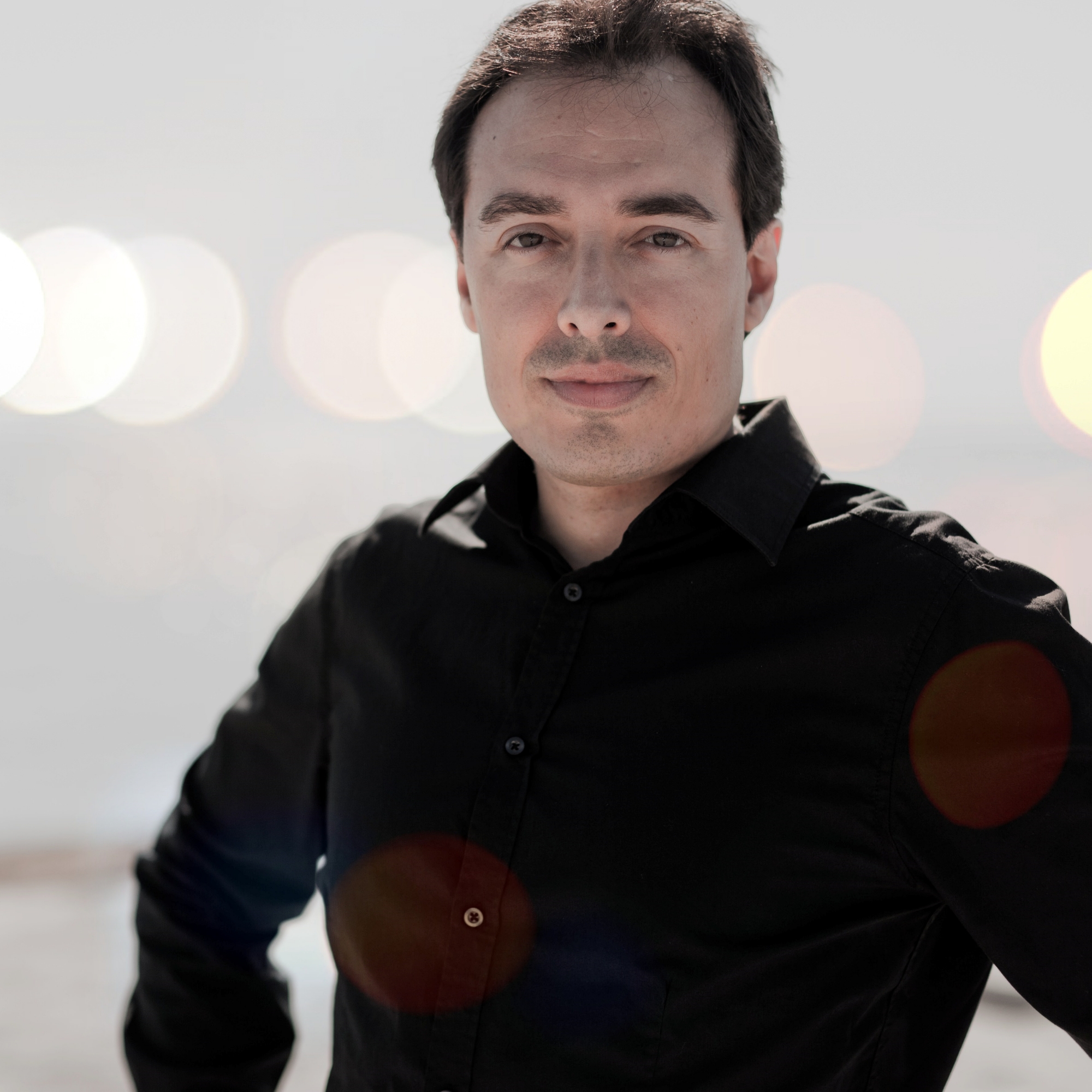

Oriol Cruixent
Pregàries
Short instrumentation: 0 0 0 0 - 0 0 0 0, str
Duration: 14'
Instrumentation details:
violin I (16 players)
violin II (14 players)
viola (12 players)
violoncello (10 players)
double bass (8 players)
Pregàries
Sample pages
Work introduction
>>It has always fascinated me to see people praying. The sound and atmosphere that arise when a congregation prays together in full consciousness are unique. The power that is set free is, in my opinion, unmatched<<, admits the Catalan composer Oriol Cruixent, who composed his work Pregàries (catalan for prayers) in November 2009 commissioned by Deutsches Kammerorchester Berlin, which premiered it in March 2010 under Markus Poschner in the Philharmonie Berlin.
Oriol Cruixent describes this work as his most autobiographical: >>It was my goal to make my psyche sound as honestly, personally and impartially as possible.<<
Pregàries is laid out as a diptych, i.e. a two-part piece. The first part is composed as a monody, in unisono, giving the impression of being almost improvised. Long, almost Gregorian lines characterize this part. Thus Pregàries unfolds from a thematic core motif, played in unison by cellos and double basses. This sort of murmur is reminiscent of the repetitive element of all prayers. >>Intonation wise, this monody is composed in some places intentionally imprecise, as if it got out of tune, through quarter tone deviations of pitch. Through this imperfections (not meant in a negative sense!) this unisono section shows the human, raw, natural and emotional core of a prayer. Moreover, the pauses are also set here as naturally as possible and are nothing more than the restless breathing between thoughts.<<
A polyphonic tangle emerges from this stream of inner, monodic voice. The high strings are added - and soon you think you can hear thousands of voices at the same time. >>Basically, the whole thing happens in the psyche: The ratio immerses itself in thoughts and searches for solutions, directions, memories and ways out. The inner voices continuously multiply and slowly conquer newer “heights”. This is to me the sound of the psyche when it is being emotionally pressured.<< These incessant parallel thoughts intensify and increase until the unavoidable catharsis: Redemption is announced seven times by bell-like chords in fortissimo, >>here seven keys open the doors of the psyche, relieving it suddenly from the unbearable pressure.<<
The second section of the diptych is marked with the Tempo marking Eterno (Eternal). Three voices can be heard, the first violins divided into three parts, creating a sort of suspended, unconcluded atmosphere. At this point the music seems as if it was entranced and eventually fades away and vanishes into no-thing: >>A new level is reached here. The psyche and any thought process stops, inner peace arises. That is exactly what I understand by eternal life: “Eternal” not as something permanent, but as something timeless.<< The seeking soul finds peace and redemption in the end. Thanks to the power of prayer.
What is necessary to perform this work?
INSTRUMENTATION
String Orchestra
Violin I (min. 6, max. 16 players)
Violin II (min. 5, max. 14 players)
Viola (min. 4, max. 12 players)
Violoncello (min. 4, max. 10 players)
Contrabass (min. 2, max. 8 players)

